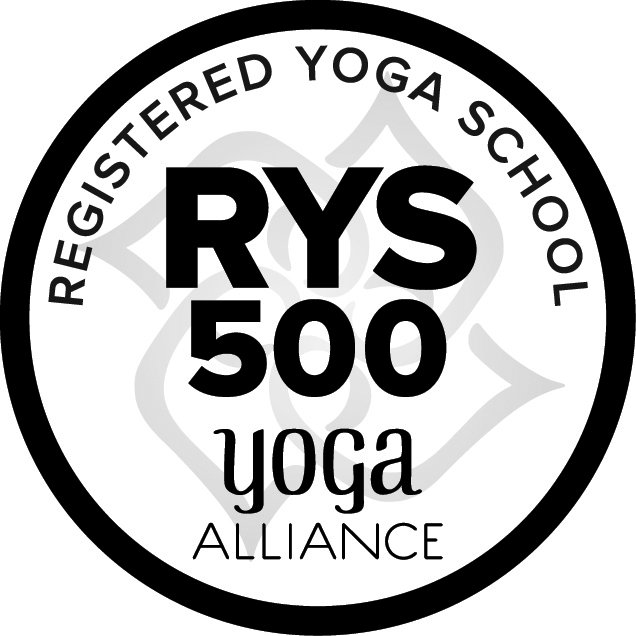Yoga Alliance and Its Impact on Yoga
I was born and brought up in Kolkata, India and started practicing yoga at Bishnu Ghosh’s College of yoga around 1979. Bishnu Ghosh was the youngest brother of Paramhansa Yogananda, author of renowned book Autobiography of a Yogi. Yoga really started its modern, western presence in the early 1990s as well-known yoga practitioners such as Richard Freeman, Tim Miller, Rod Stryker, David Swenson, David Life, Shannon Gagnon, Andrey Lappa, Ganga Devi, among others started bringing Iyengar yoga and Ashtanga Vinyasa yoga styles to the west from Pune and Mysore.
By 2010 there were more yoga studios in the United States alone than I had known to exist in all of India and Nepal – the birthplace of yoga and thousands of years of yoga evolution, thanks to the creation of Yoga Alliance. Growing up, I used to hear that anything sacred in the world will eventually become a capitalist endeavor once USA gets involved. While formed in 1999, Yoga Alliance – a self-proclaimed yoga standardization body – really got its groove in 2006, when in a given month, their office would receive seven school applications and about 20 to 30 teacher applications per month. For perspective, compare that with acquiring roughly 150-180 school applications and 2,500-3,000 teacher applications per month at the end of 2019. In 2022, the yoga and pilates consumers transacted $51 billion in the USA, $104 billion worldwide, and that number is forecasted to grow 400% by 2032.
Today, Yoga Alliance is a financially successful organization whose total liabilities and net assets grew by 18.3% from 2021 to 2022 in the heart of the COVID years when more small businesses, including local yoga studios, were shutting down than one could keep count. I have been following Yoga Alliance since 2008 when I received my RYT status, and more so starting in 2010 when we registered our school, Yoga for Life as a RYS, offering Yoga Teachers’ Training programs.
Why did I subscribe to this system? Over the years, Yoga Alliance has positioned itself as a self-proclaimed certifying body of Yoga such that yoga schools find it difficult to recruit trainees, and graduating teachers cannot find a place to teach unless they register and pay annual fees for a variety of ever-increasing accreditation, such as continuing education, and yoga therapy. Today, there are 6,865 RYS200, 2,695 RYS300, 345 RYS500 (RYS= Registered Yoga Schools) and more than 49,753 Registered Yoga Teachers in United States who pay annual dues.
On my recent trip to Kolkata, India, I went to Bishnu Ghosh’s College of Yoga -- almost 30 years later. Nothing had changed there. The same collection of photos of Yogananda, Babaji, Vivekananda, Ramakrishna, with garlands that are swaying under the noisy ceiling fan under the heat of Indian summer. I even ran into my old teacher from my boyhood days who, to my astonishment, recognized me. The same separate rooms for men’s and women’s practice; the same worn-out, rolled up cotton yoga pads; classical asana and pranayama taught one-on-one without any frill, without counting class-sizes, without Lululemon, or fancy front desks with juicebar and matcha-latte, let alone vino-and-vinyasa, or yoga-with-puppies. No one is counting hours and no one is sending beans to Yoga Alliance.
One Yoga – two worlds – countless differences.
Did you know that at Yoga for Life in Portland, you can receive a yoga education in 300- and 500-hours? Our advanced Yoga Teacher Training programs are rooted in classical Yoga traditions, with scientific methods, modernized by Universal Yoga.


